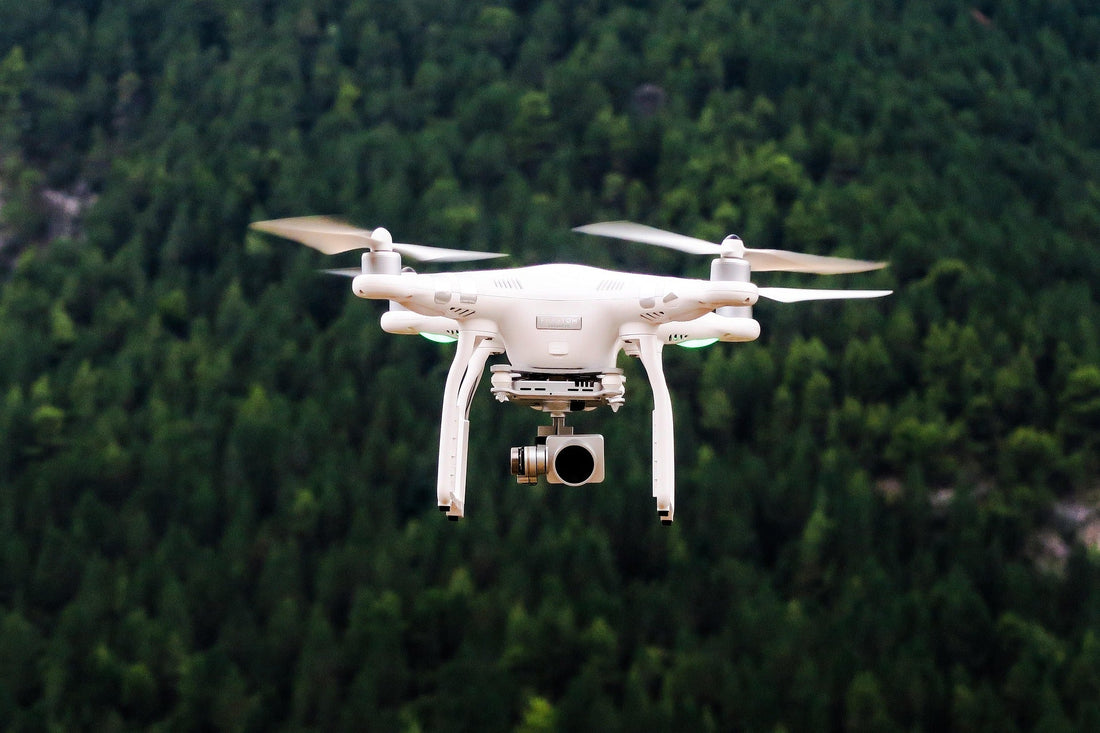
5 New Things in the World of Logistics in 2025
SPS FulfillmentShare
What new things will we see in the world of logistics in 2025? Well, a lot: from drones for making deliveries to the help of artificial intelligence in the shipping process. In any case, today we will talk to you about those that are influencing the market the most and that we at SPS Fulfillment can't wait to implement in our work.
Index
Artificial intelligence

One of the biggest innovations of recent years is certainly artificial intelligence , which no longer needs to be introduced. But how can it be used in the logistics sector? We'll explain it to you right away.
One great use of AI is in inventory management . By analyzing historical sales data and market trends, AI can predict future demand for a product, suggesting how many units to order. This helps avoid over-ordering, reducing the risk of having unsold stock, and saving money by only purchasing the amount needed.
Another benefit that AI offers is optimized inventory management . AI tracks products, monitoring incoming and outgoing products, thus helping managers make more informed decisions.
Outside of the warehouse, AI can also plan more efficient routes for couriers , optimizing time and costs. In the future, it is likely that AI, perhaps through drones, will handle deliveries. Companies like Amazon and Zipline are already testing drone delivery, but only in certain areas. However, you can find more detailed information on the topic in our article on how to optimize the warehouse with AI .
Warehouse Automation

Closely related to artificial intelligence, another big innovation that is gaining ground (or rather, could gain ground) is warehouse automation . What are we referring to?
In a very synthetic way, as you may already know, many companies already use machines and robots to manage their warehouse, but few use AI-managed robots for operations such as picking and packing.
Of course, we believe it is only a matter of time before AI almost completely replaces many of the current tasks performed by warehouse workers. Think about it: an AI robot does not need breaks, does not get tired, and does not require a salary, offering significant advantages for companies. However, this also raises the question of how AI can replace jobs , but that is another matter entirely.
Green transport

The logistics sector is undergoing a profound transformation towards sustainability , as pollution becomes an increasingly worrying issue year after year.
First of all, more and more companies are turning to eco-sustainable packaging and therefore to recyclable and biodegradable materials with the aim of reducing the environmental impact and implementing the so-called closed-loop logistics . This, however, also represents a challenge, given that companies must be resourceful in order to understand how to best recycle each material that is used.
Another great innovation is electric vehicles , which have already been adopted by some companies for shipping. However, there is still the problem of managing the battery life of these vehicles, which is often not very long.
These innovations not only reduce environmental impact but also optimize costs and improve the efficiency of logistics processes. The ultimate goal is to create a more sustainable and environmentally friendly supply chain starting today.
Drones

Some companies have already experimented with using drones for shipping, such as Amazon and ZipLine, but for now, deliveries are only made in small areas and are not open to the general public.
In addition to the huge advantages, drone deliveries also present challenges , such as the maximum weight of the package that can be transported or the weather conditions. We have talked to you about this topic in our guide on drone deliveries .
AR Viewers

You’ve probably heard of augmented reality , right? Well, AR viewers are entering the world of logistics. How?
First of all, the integration of AR viewers in warehouses offers numerous advantages: they speed up picking, optimize internal navigation, integrate real-time data with management systems, and reduce training times. Furthermore, they increase safety by signaling dangers.
However, there are also challenges, such as the high initial cost, the robustness required for industrial environments, and the need for integration with existing systems.
As technology advances, AR headsets are becoming more accessible, promising to revolutionize the logistics of the future. If you are interested in learning how this technology can be integrated into your warehouse, explore our article all about how to optimize your warehouse with AR .